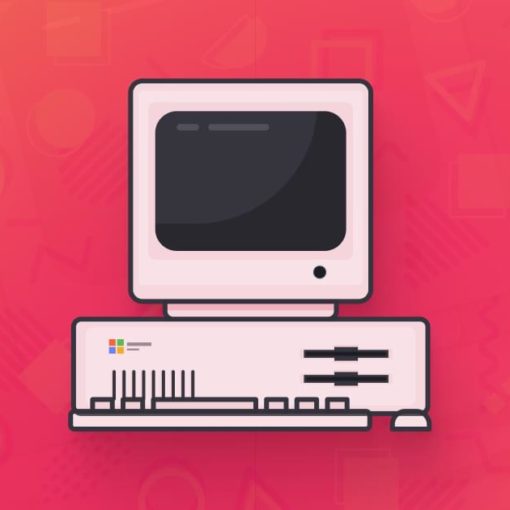Advertising pioneer E. St. Elmo Lewis developed the popular AIDA sales process in 1898. Lewis argued there were four cognitive phases buyers follow when purchasing a new product or service — Attention, Interest, Desire and Action.
The popular AIDA model outlines the basic process that causes people to become motivated to act on a purchase. It’s important to note that customers can enter the process at any stage. Some customers will start at the first stage (Attention) but some will come into the process at the third stage (Desire) and will be ready for action.
The Sales Process
Let’s look at the sales process from the perspective of a potential customer of high-quality stereo headphones (me, in case you were wondering). Several weeks ago, my headphones stopped working. With several trips planned, I knew I needed to replace them, else I might have to sit on a long plane ride talking to a complete stranger (terrifying!). I went through the AIDA process below without even knowing it. Let’s take a look at the steps…
Attention (Awareness)
Before a few weeks ago, I was completely content. My old, trusty headphones worked perfectly fine, and I had no reason to look for new ones. It wasn’t until mine broke, that I became aware of a need. All of a sudden, I needed new headphones, so off I went to Google to do some research.
I searched for phrases like “high quality headphones” and looked at websites like Amazon.com and BestBuy.com browsing their headphones sections. I didn’t necessarily know what I needed or what in particular I was looking for, I just knew I needed some headphones.
Interest
Several brands and styles of headphones (particularly noise-reduction headphones) caught my attention. They piqued my interest, if you will. I did research into specific brands and models of headphones, comparing specifications and features. I searched for reviews, asked my friends, and looked to social media for recommendations.
Out of all the information I received, I narrowed my selection down to just a few different products, including Bose QuietComfort noise-reduction headphones and Monster Beats by Dr. Dre headphones.
Desire
As I came closer to the departure date of my first trip, I became more and more eager to replace my old headphones. I searched Google Shopping and other comparison shopping websites for deals to try to find the best price. I knew what I wanted, and it was just a matter of time before I pulled the trigger.
Action
Then it happened. Amazon sent me a follow-up email about items I had recently viewed. Among them was the Monster Beats by Dr. Dre headphones, which were on sale. I had a trip coming up in just a few days, and needed headphones, so I took action. I bought the headphones from Amazon.com and had them delivered in time for my trip.
Retention (a recent addition to the sales process)
Just getting the purchase isn’t enough. With the rising costs of acquiring new customers, retailers and service providers must do everything they can to keep existing customers. In my case, this started with shipping. Amazon ships me everyting at least second-day air, because I’m a Prime customer. I can also get next-day shipping for only $3.99 an item.
Fulfilling the customer promise takes more than just shipping the item on-time though. The product (or service) has to live up to the reviews and recommendations, and real-world use. Should anything go wrong, the customer service and support has to be there, as well.
How the Sales Process Relates to Web Design
Regardless of whether you sell a product or a service, the basic sales process comes into play both online and offline in the consumer’s decision-making process. Taking the sales process into account when planning marketing campaigns, website designs, and promotions is crucial in order to account for the different stages buyers are in at any particular time.
Here are a few tips to help you make the most of the customer buying process:
Take Each Stage Into Account
As you are planning a marketing campaign or website/landing page design, be sure to consider the first three phases of the buying cycle — Attention, Interest Desire. At each of these stages, potential customer are looking for different information.
At attention, consumers are simply curious about what products or services may fit their needs. They are inquisitive, often browsing categories looking at lots of different products as they learn about what is available.
Once they reach the Interest stage, they know there is a need, and are trying to get more quantitative information. They compare features and specifications, read reviews, ask friends and coworkers (both online and off), and turn to social media for recommendations. This is where public opinion really comes into play.
At Desire, the customer wants the product or service you have to offer. They compare prices and evaluate potential retailers/vendors to find the best possible provider. Price is not always the only influencer at this stage — other factors such as reputation, perceived risk, experience, and other factors play into the decision as well. This is the point where the consumer makes the decision to purchase.
Take each of these mindsets into consideration as you plan a marketing campaign or promotion. Does your ad copy speak to each of these consumers? Are you allowing customers to browse your product offering casually, but still providing technical information and the ability to compare products and services? When a customer is finally ready to take action, is it fast and simple to complete the process?

